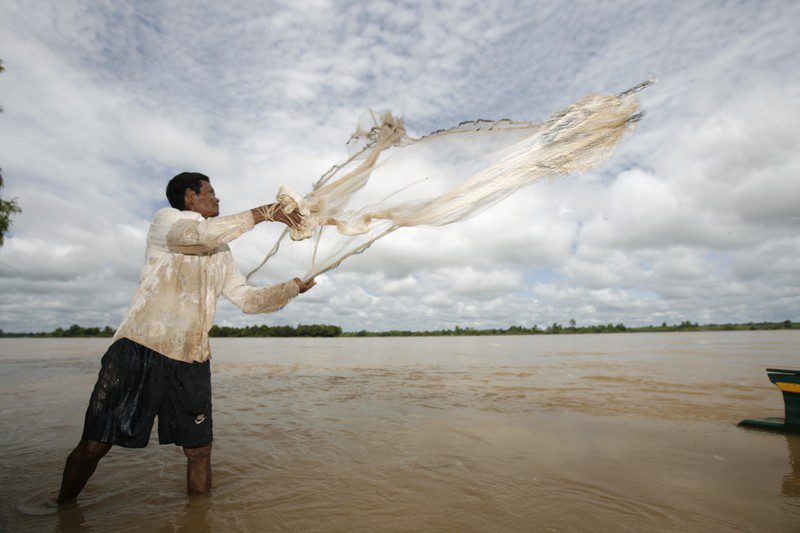3S critical environmental zone
The Mekong River has major tributaries that are just as vital as the main stream to the livelihoods of those who live in the region. The Sesan, Sre Pok and Sekong rivers are three such tributaries, and together they form the 3S Rivers Sub-Basin Region.
The 3S rivers have long been a source of food, fresh water and income for local communities. The rivers also support a huge variety of fish species, many of them unique to the Mekong region. These three rivers are critical breeding grounds and migratory routes for fish travelling to and from Central Cambodia’s Tonle Sap Lake and from upstream areas of the Mekong basin in Laos and Thailand.
Where the rivers flow
The majority of the 3S region is in Cambodia’s north-eastern provinces of Ratanakiri, Stung Treng and Mondulkiri, though it also encompasses remote and isolated provinces of Laos and Vietnam.
The Sesan and Sre Pok rivers begin in central Vietnam and cross down through Cambodia, meeting the Mekong at Stung Treng. The Sekong River also begins in Vietnam, crossing through Laos before joining the two other rivers in Stung Treng.
A changing region
Historically known for its beauty and mountainous forested regions, today the area is more closely identified with illegal logging, land alienation, rubber plantations, mining, irregular river flows associated with Yali Falls Dam and large numbers of people migrating to the area, placing natural resources under even greater strain.
Most people living in the region are from different ethnic minority groups, including Jarai, Kachok, Tampuen, Brao, Krueng, Kavet, La Deum, Khmer Kho, Khmer Padeum and Phnong. Distinctively different from Khmer, Laotians and Vietnamese, these groups have their own languages and cultural, religious and agricultural practices.
Unfortunately, as a result of their isolation and marginalization these groups also have significantly lower health and nutritional standards. In fact, recent census data from Cambodia and Laos shows that in this area rates of malnutrition are increasing.
Future of the 3S region
Currently there are seven dams operational in the sub-basin, eight more are under construction and seven more have been proposed including the Lower Sesan 2 Dam. Since 2003, the people living along the 3S rivers have joined together each year to reiterate their demands regarding the management of the 3S rivers. These are:
- restoration of the rivers’ natural flow
- compensation for past harms
- no more dams until agreement has been reached with local residents
- improvement of the notification system
- benefit-sharing and economic development
- insurance if the dam breaks
- greater participation in environmental governance
Find out more
- Learn more about our work in the Mekong region.
- Learn more about our work helping indigenous peoples defend their livelihoods from destructive development projects, in partnership with the International Accountability Project.
